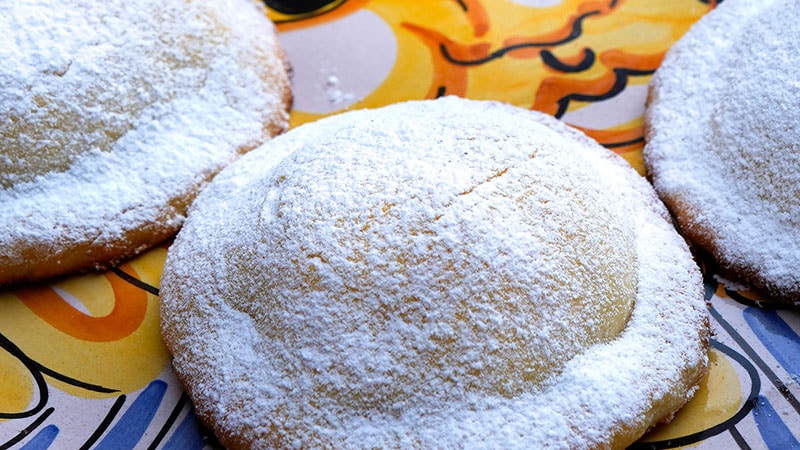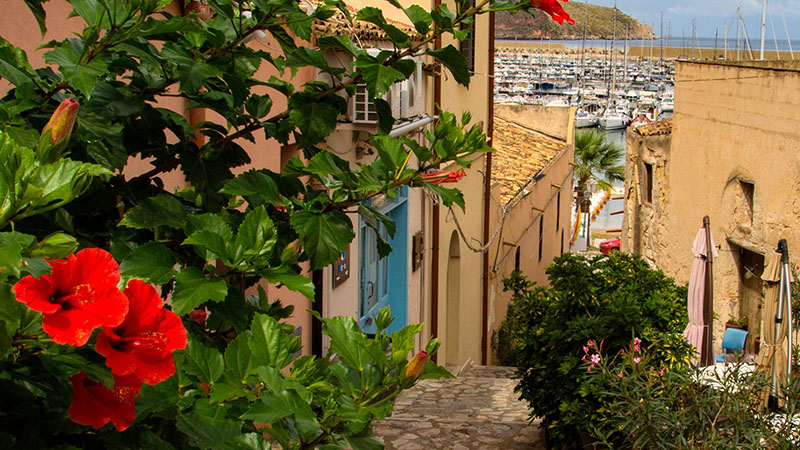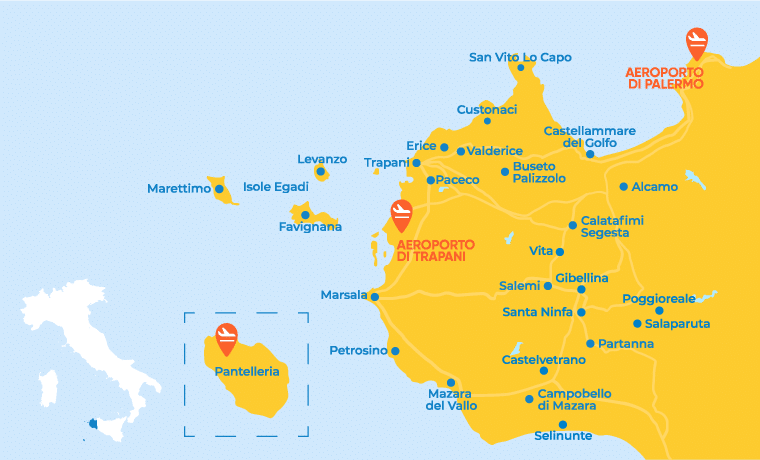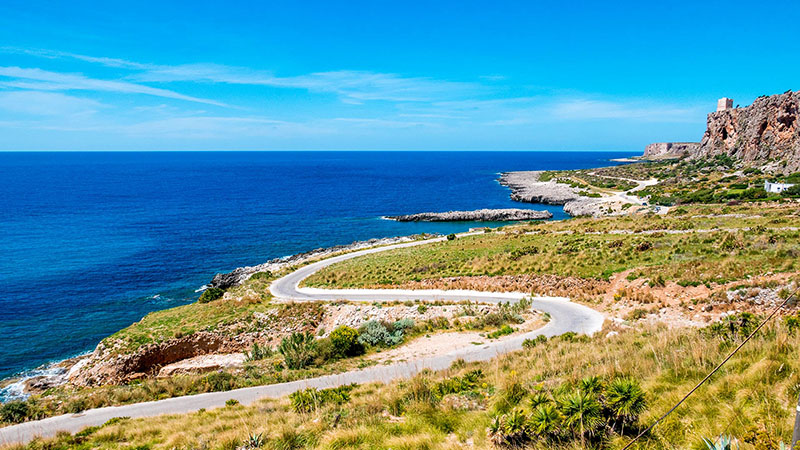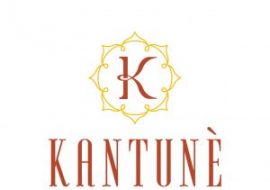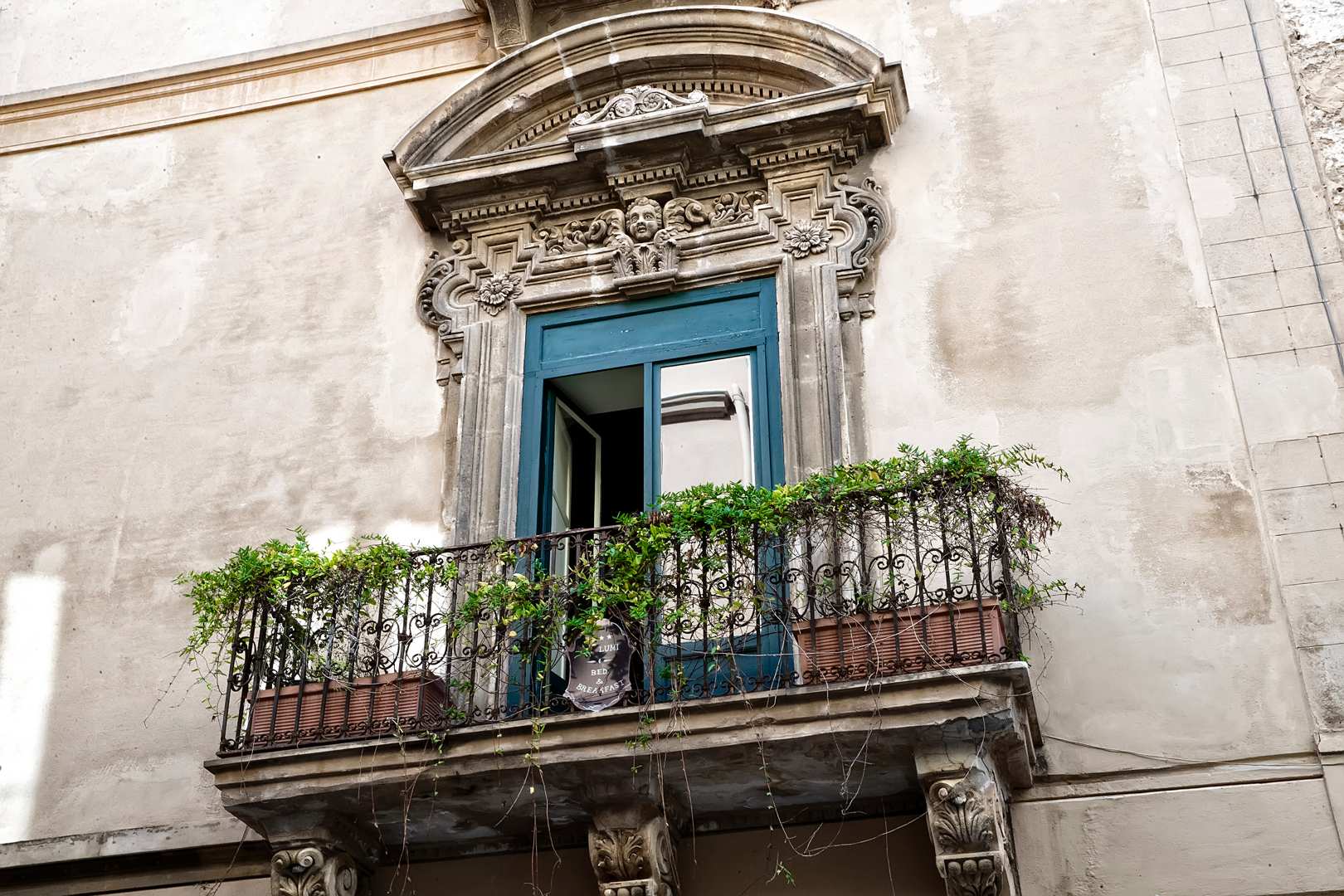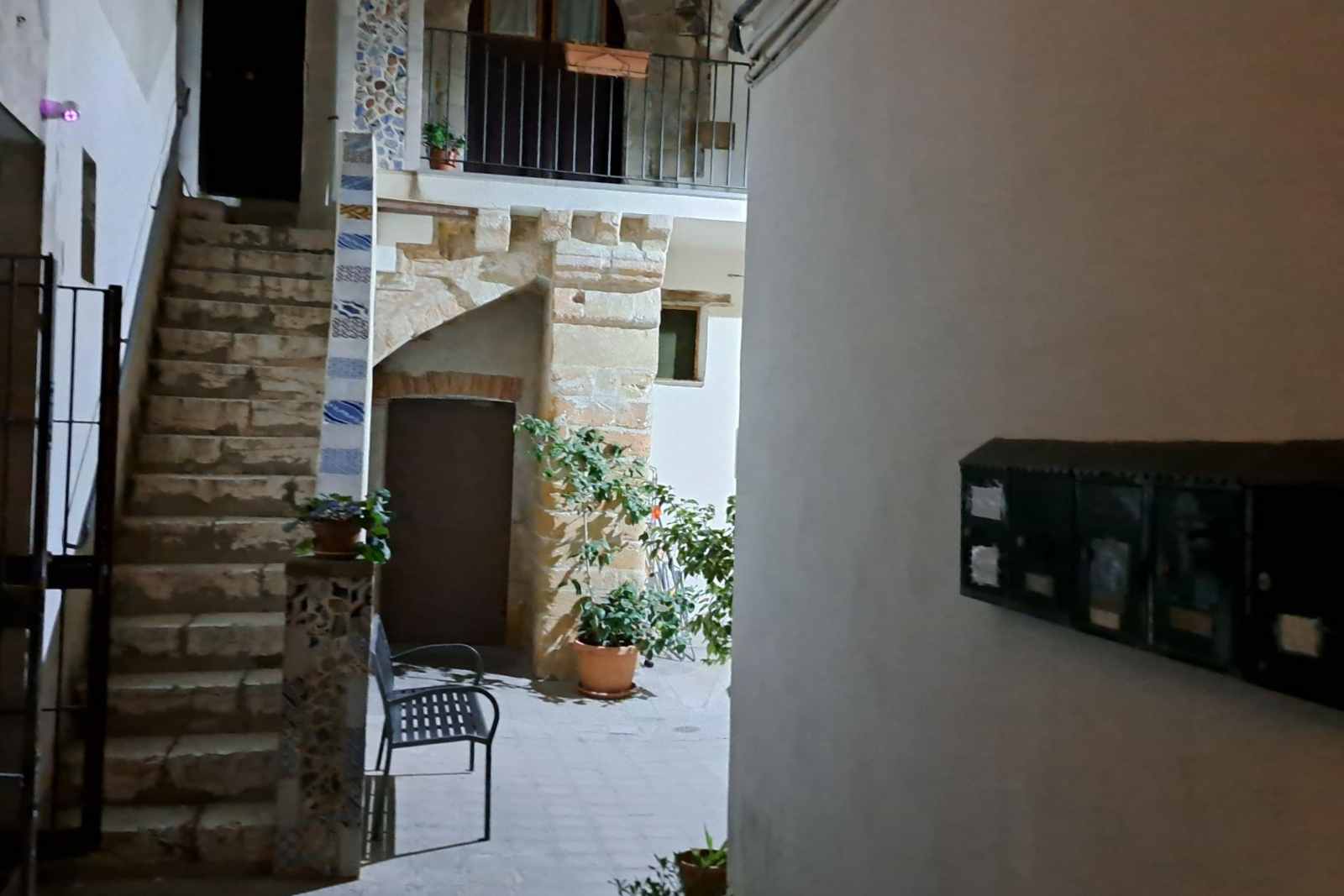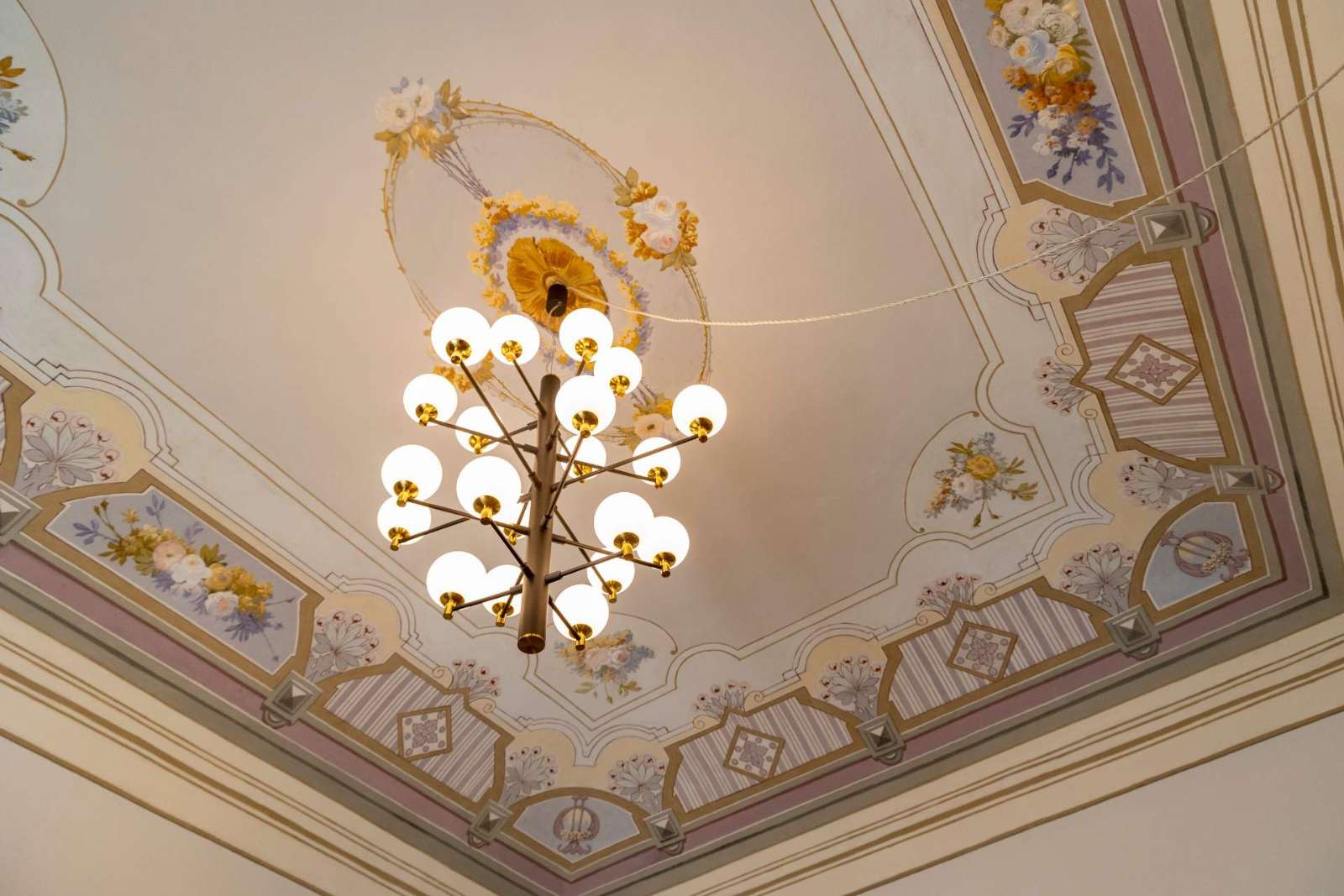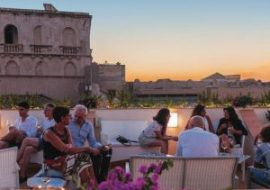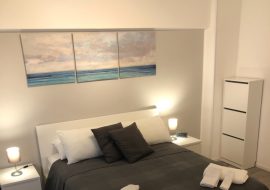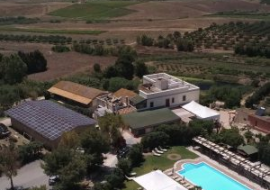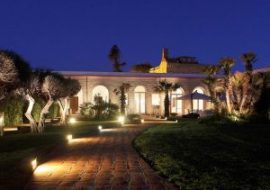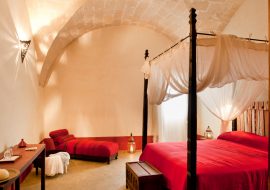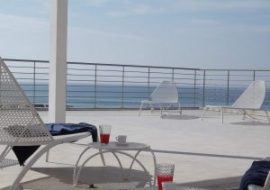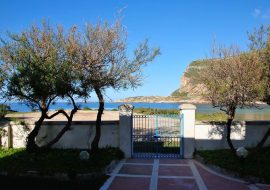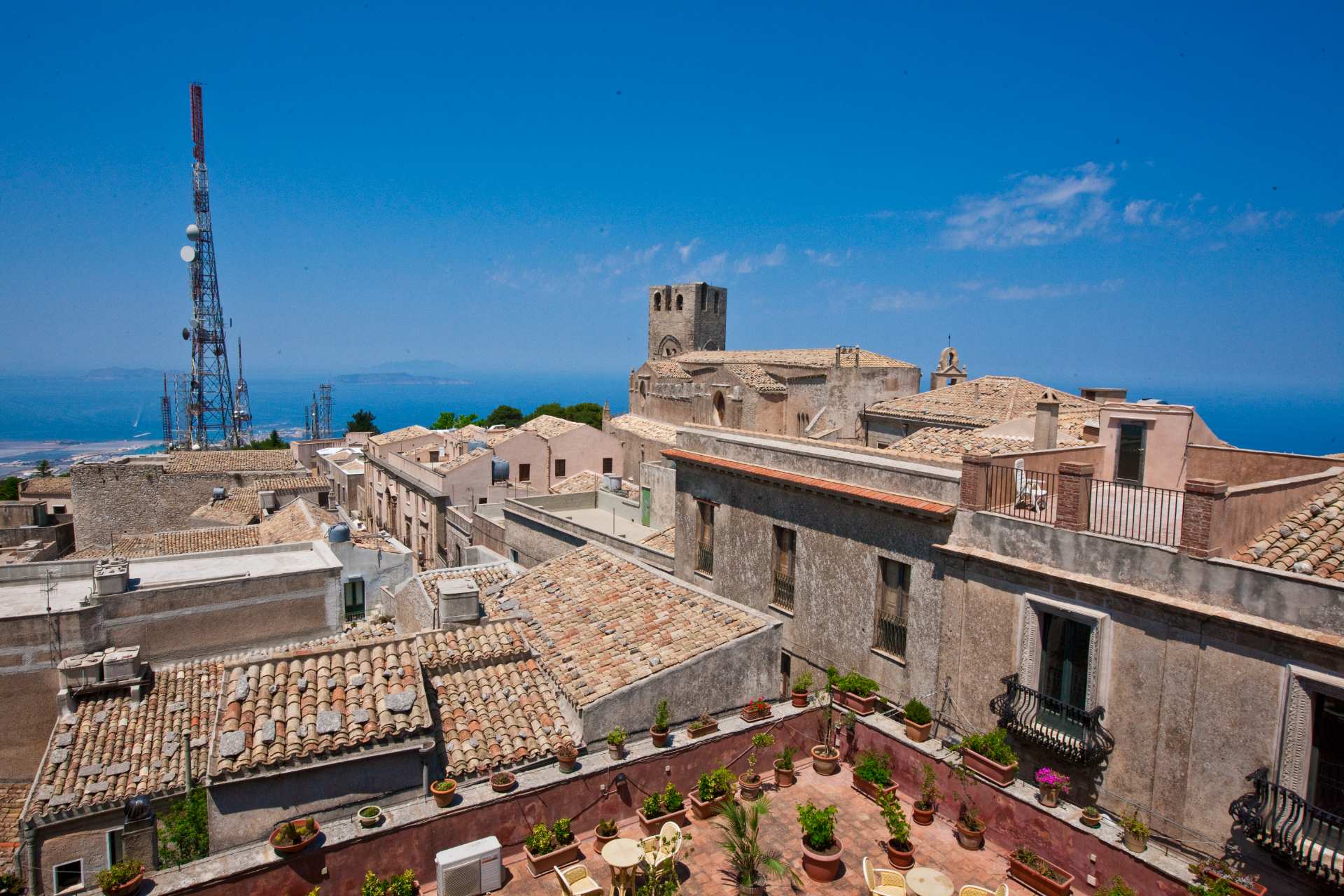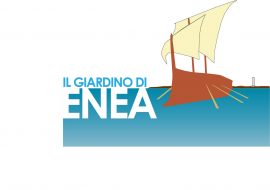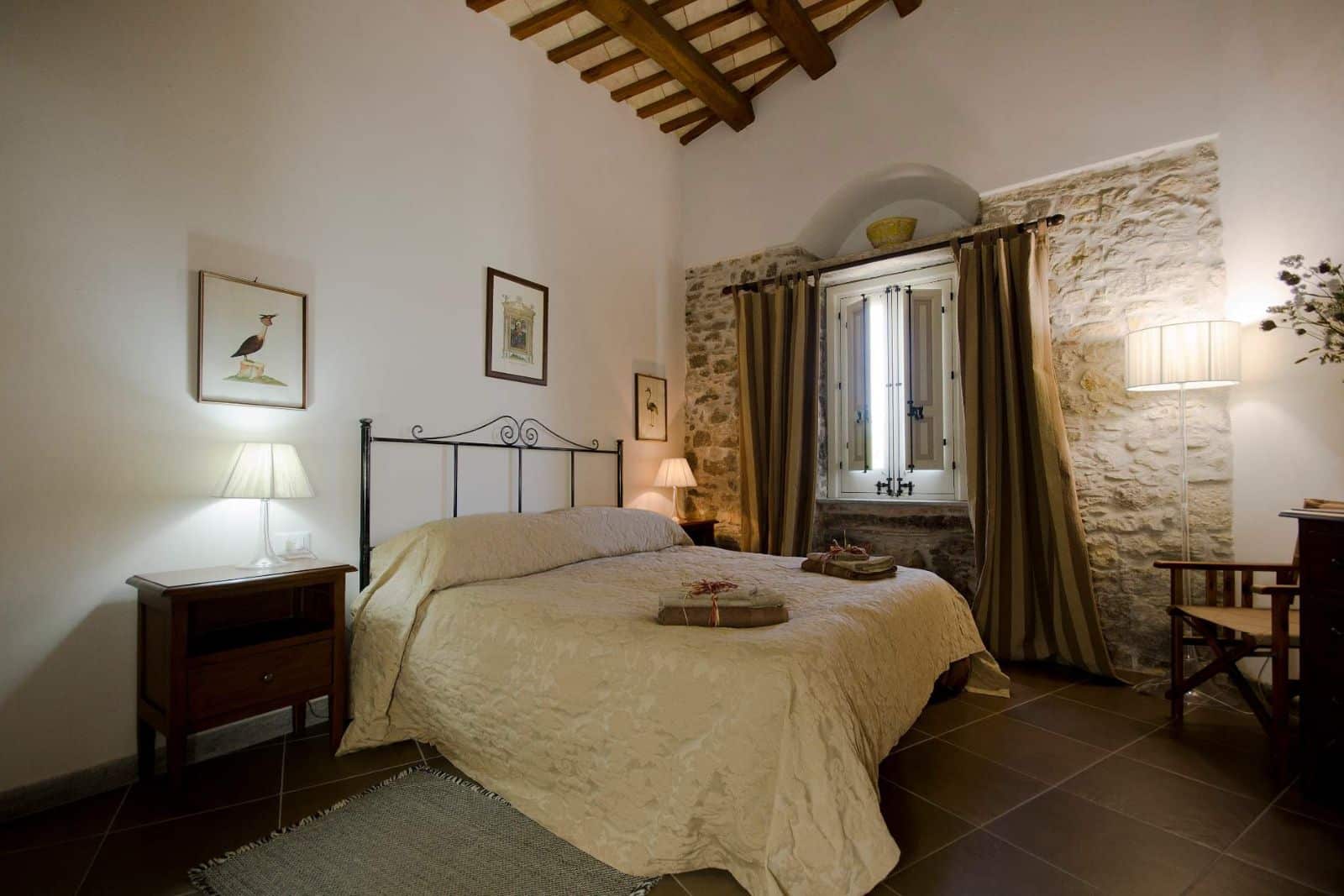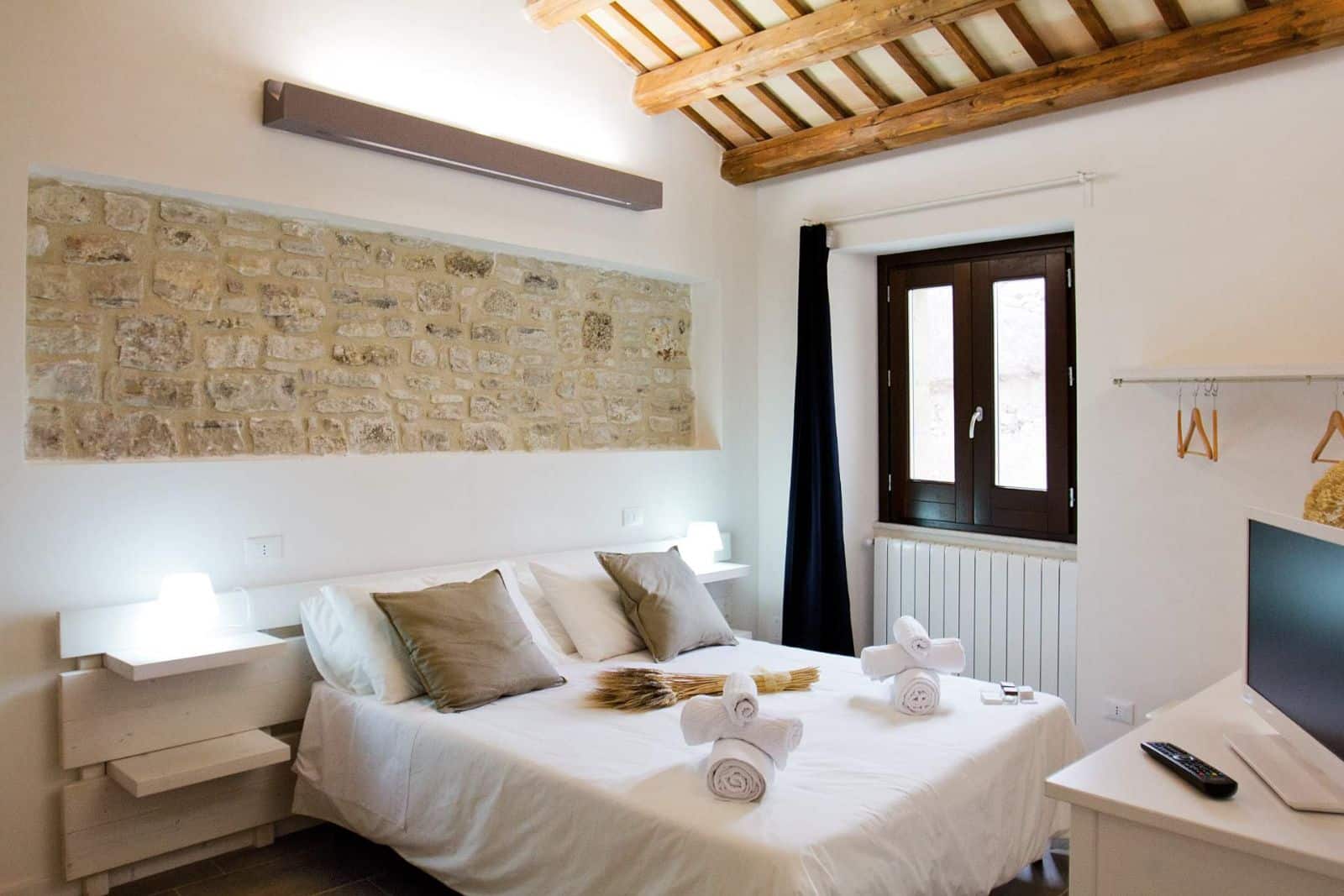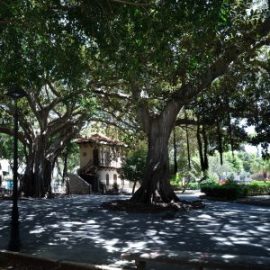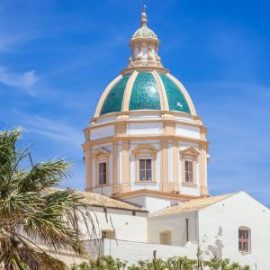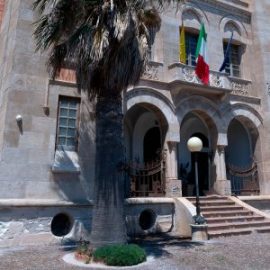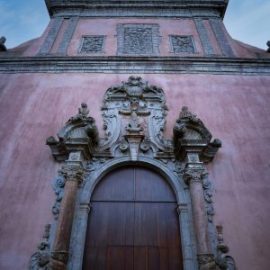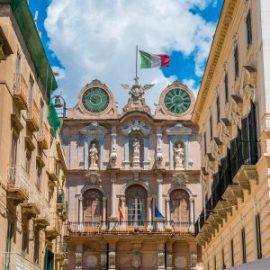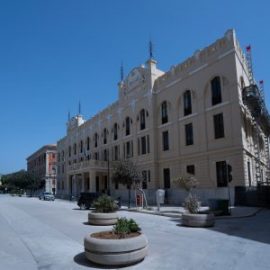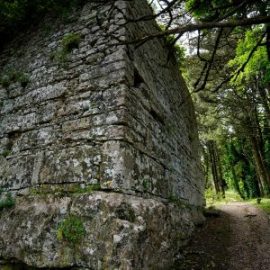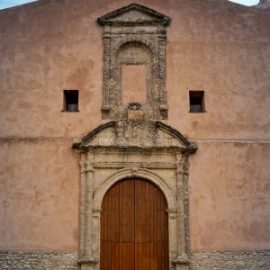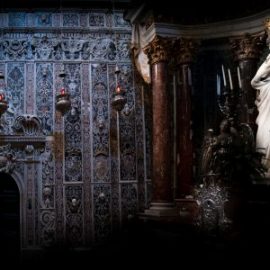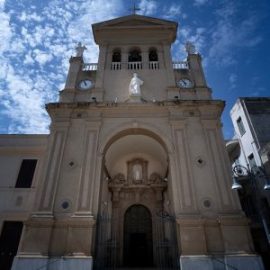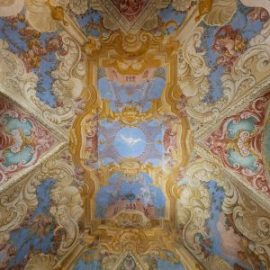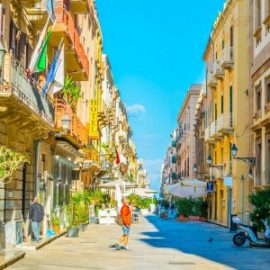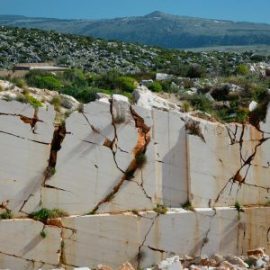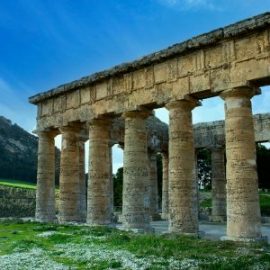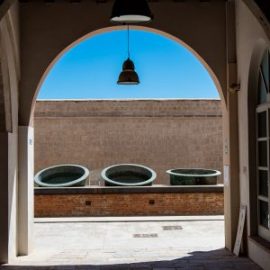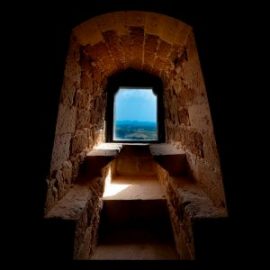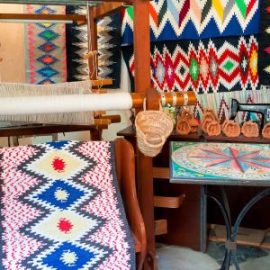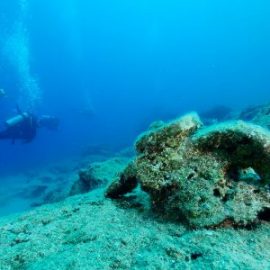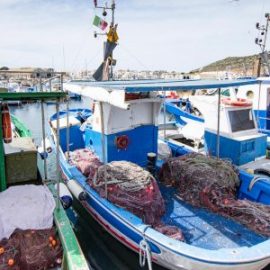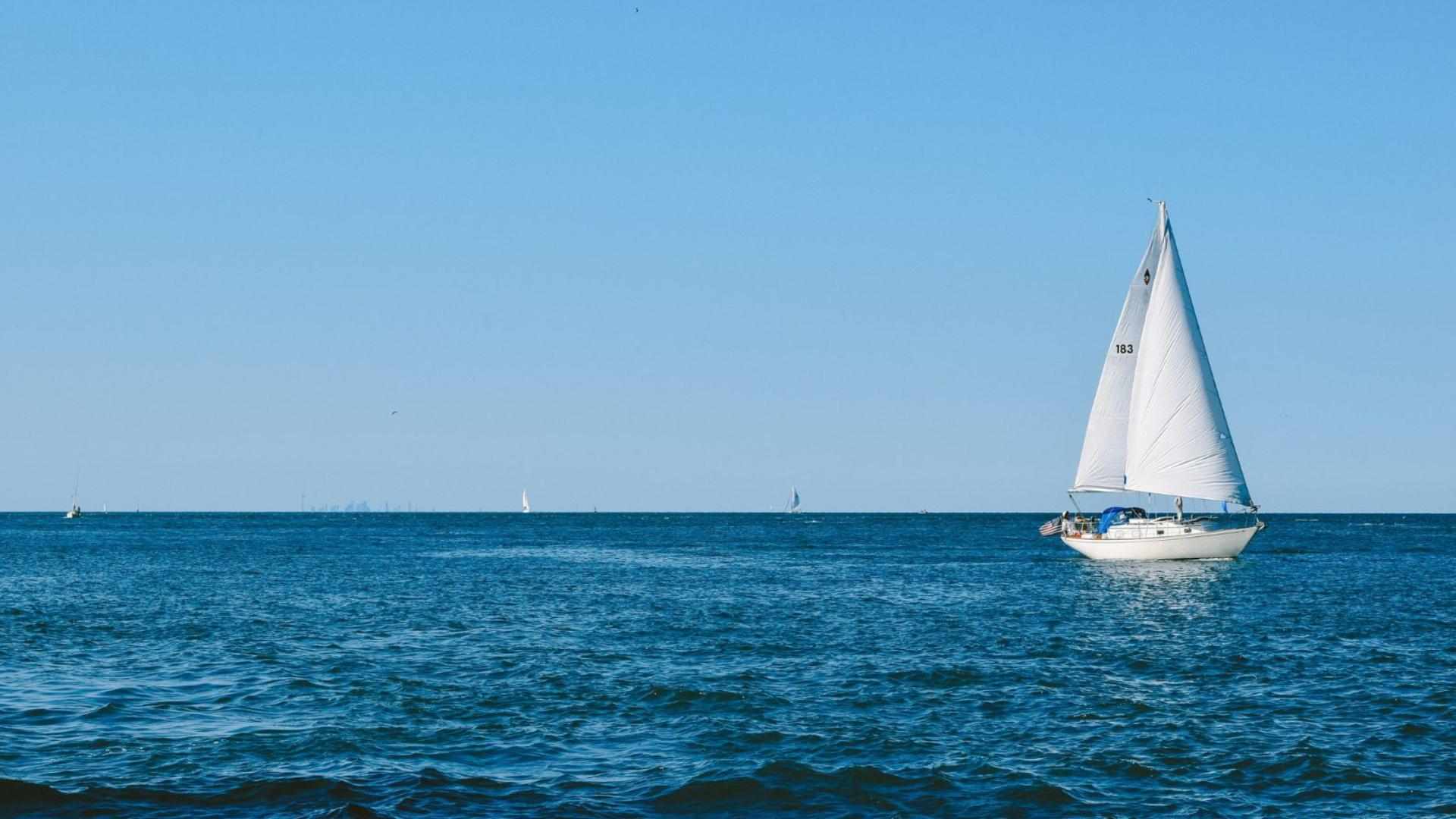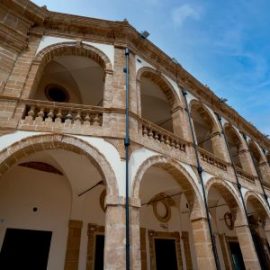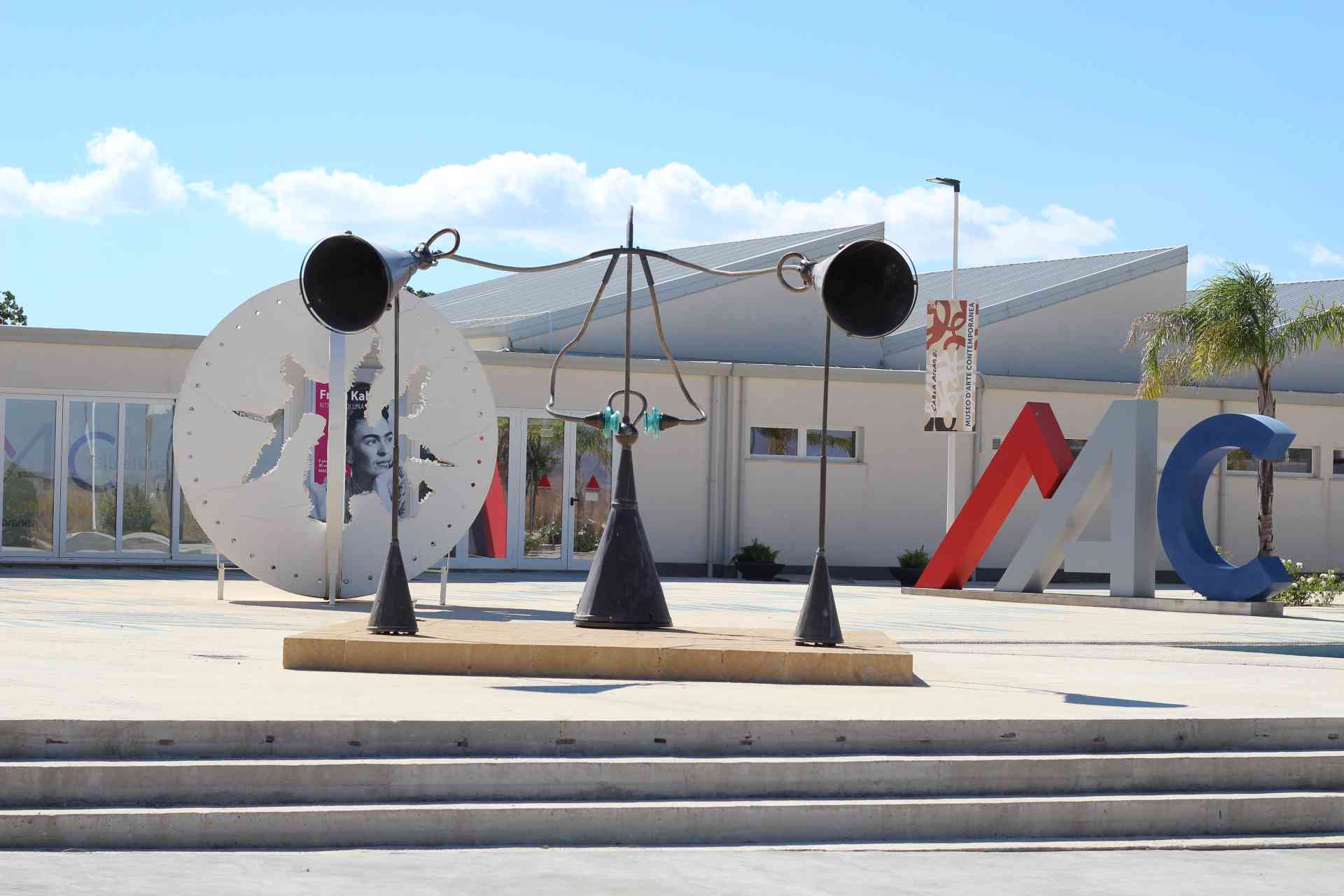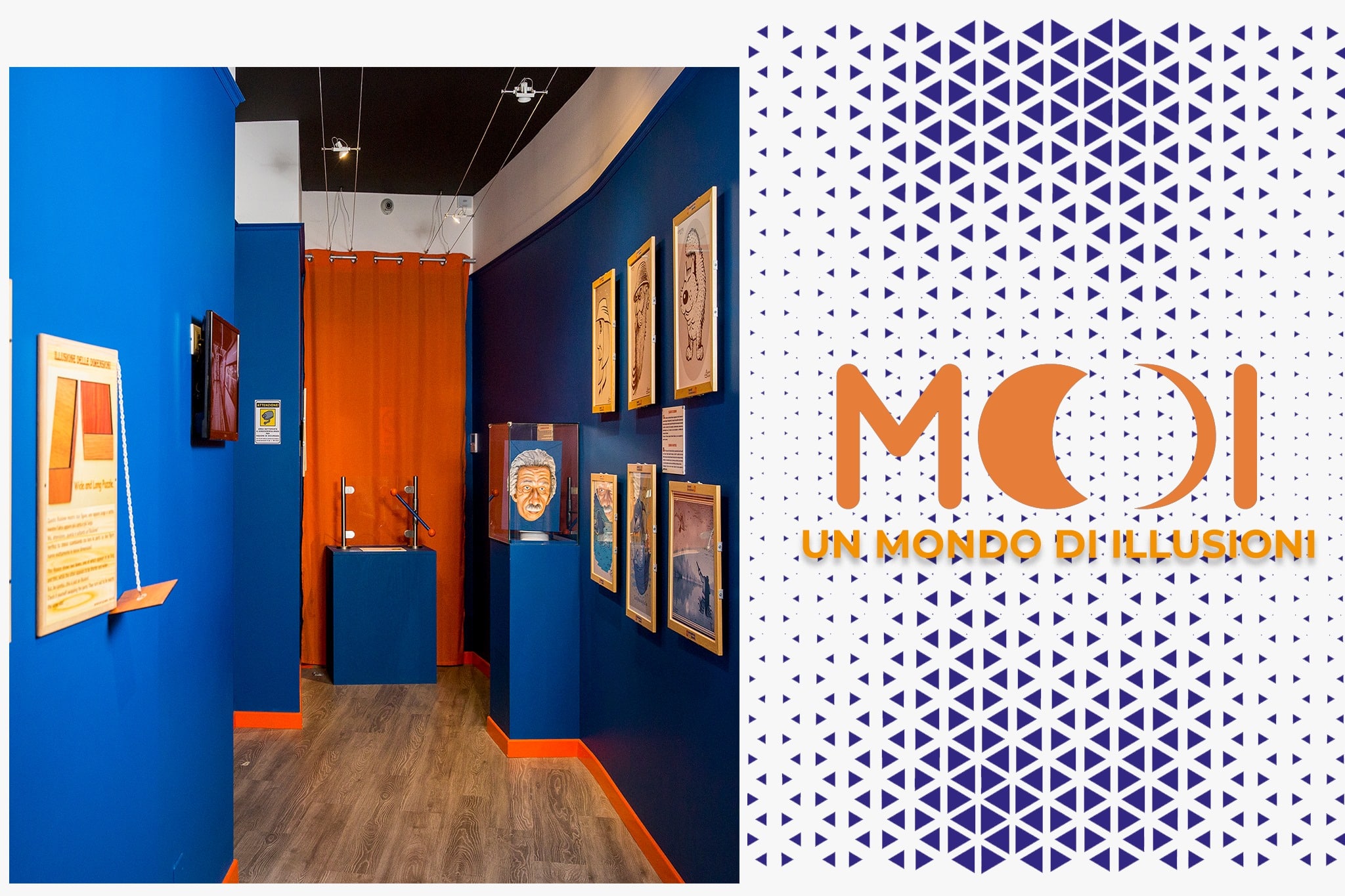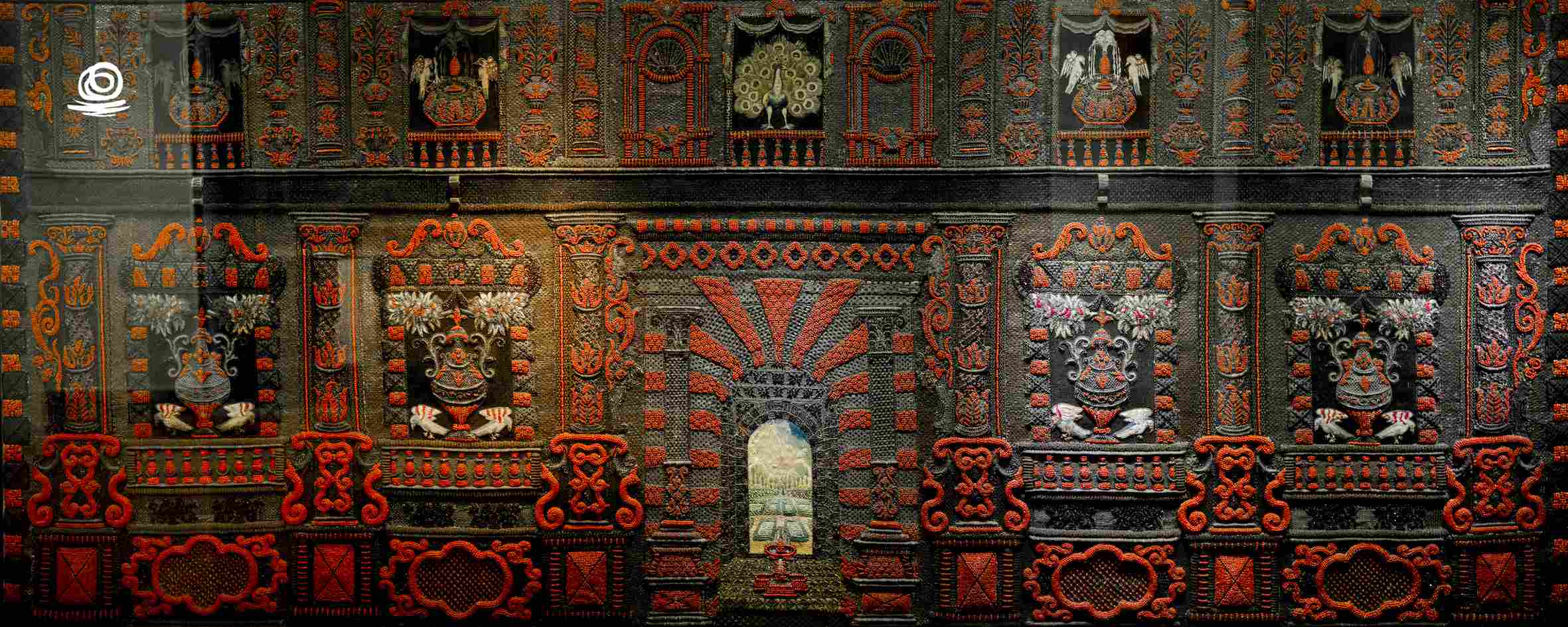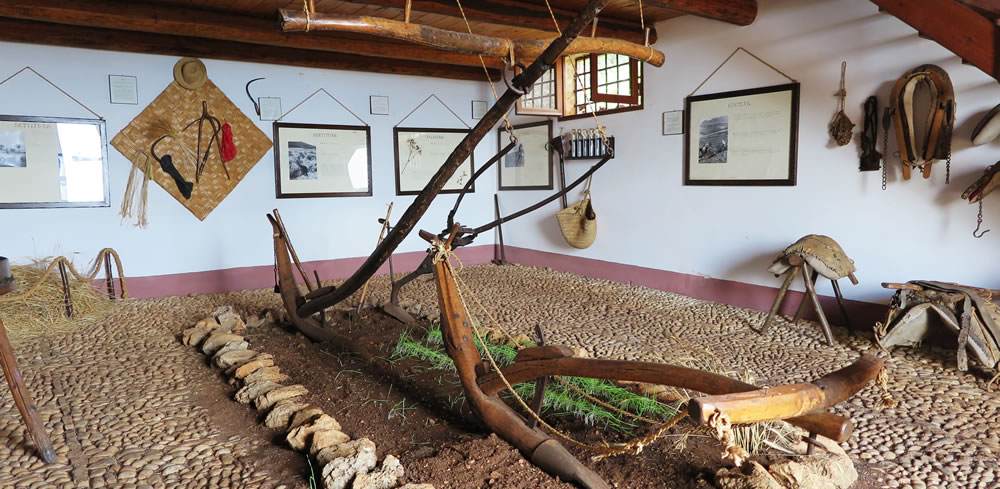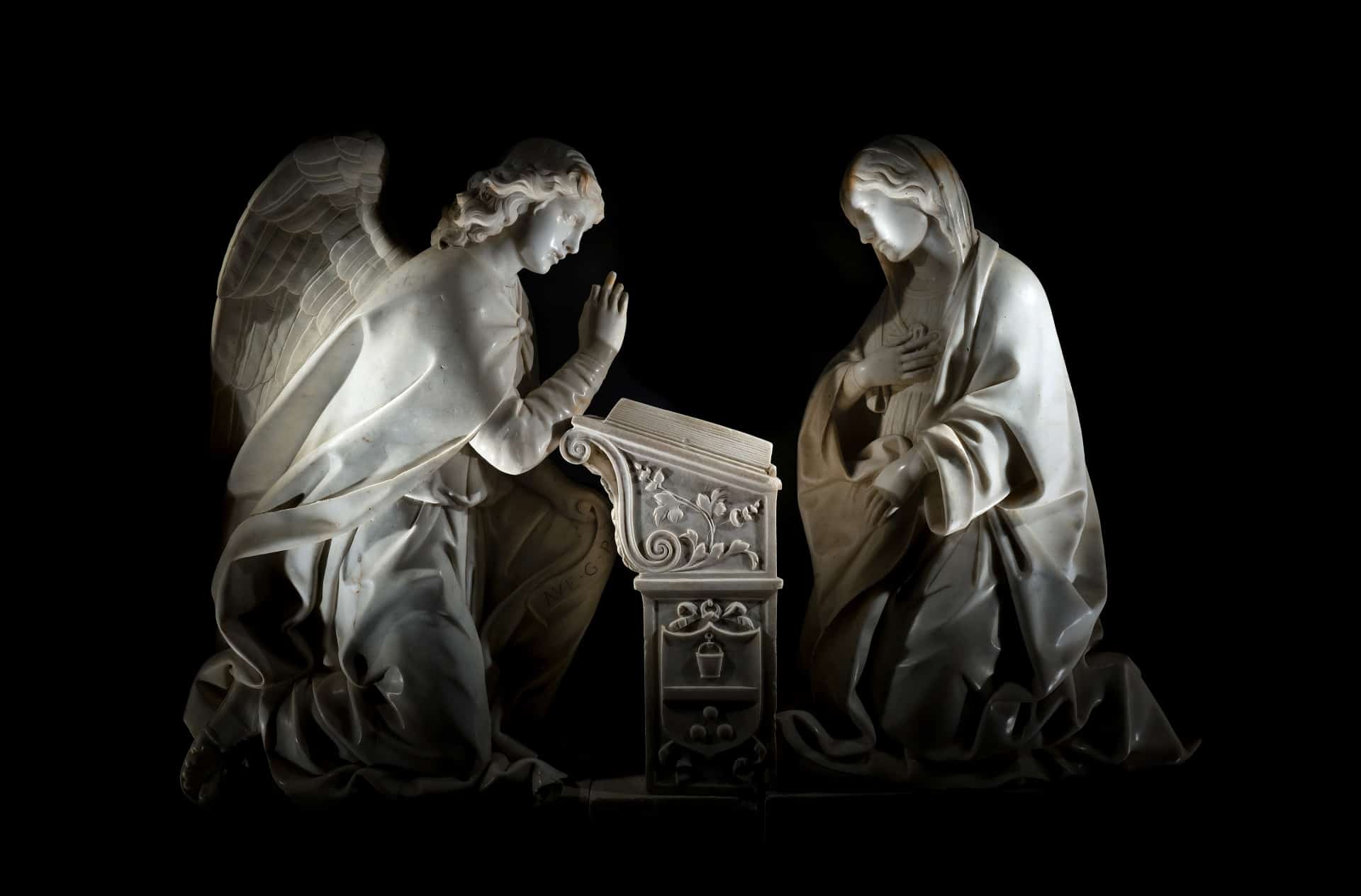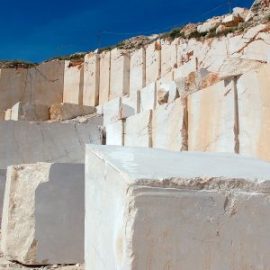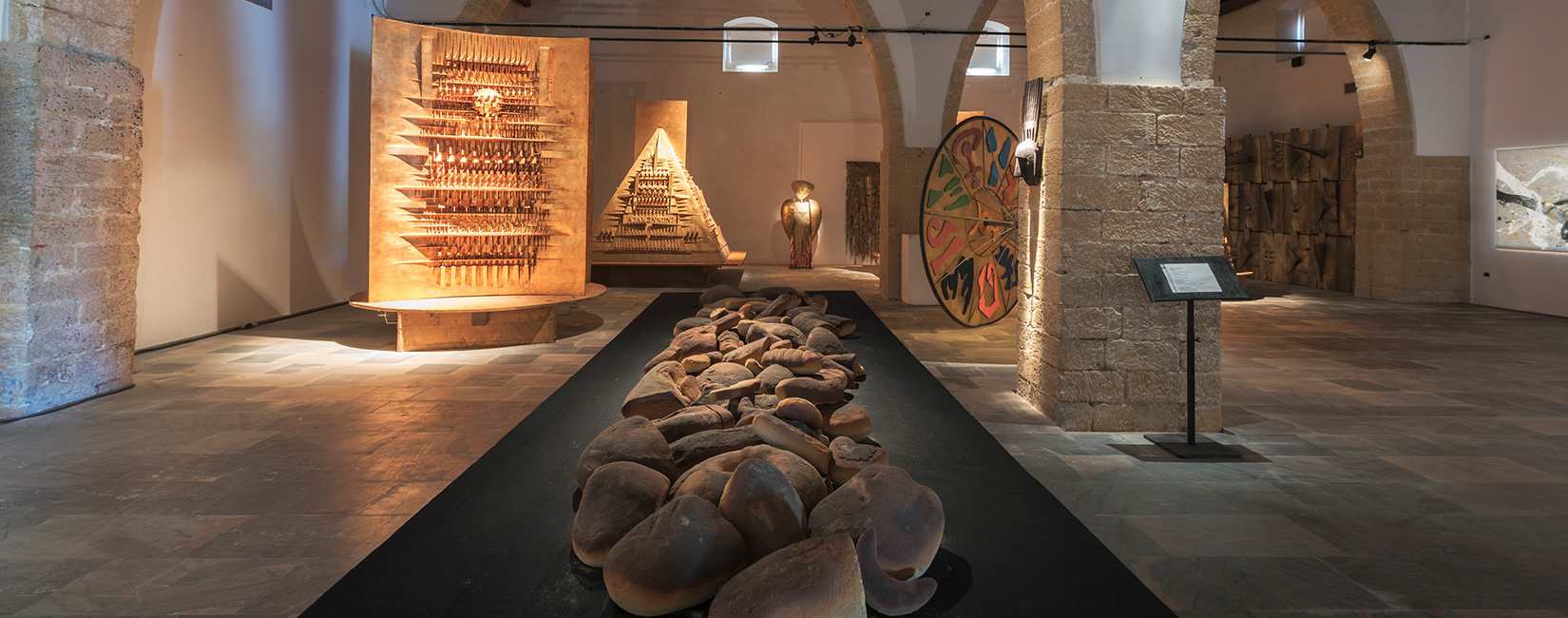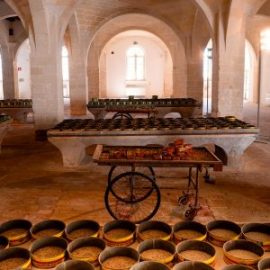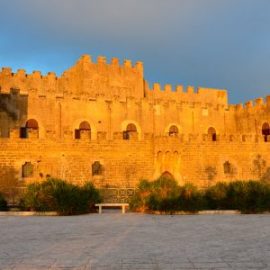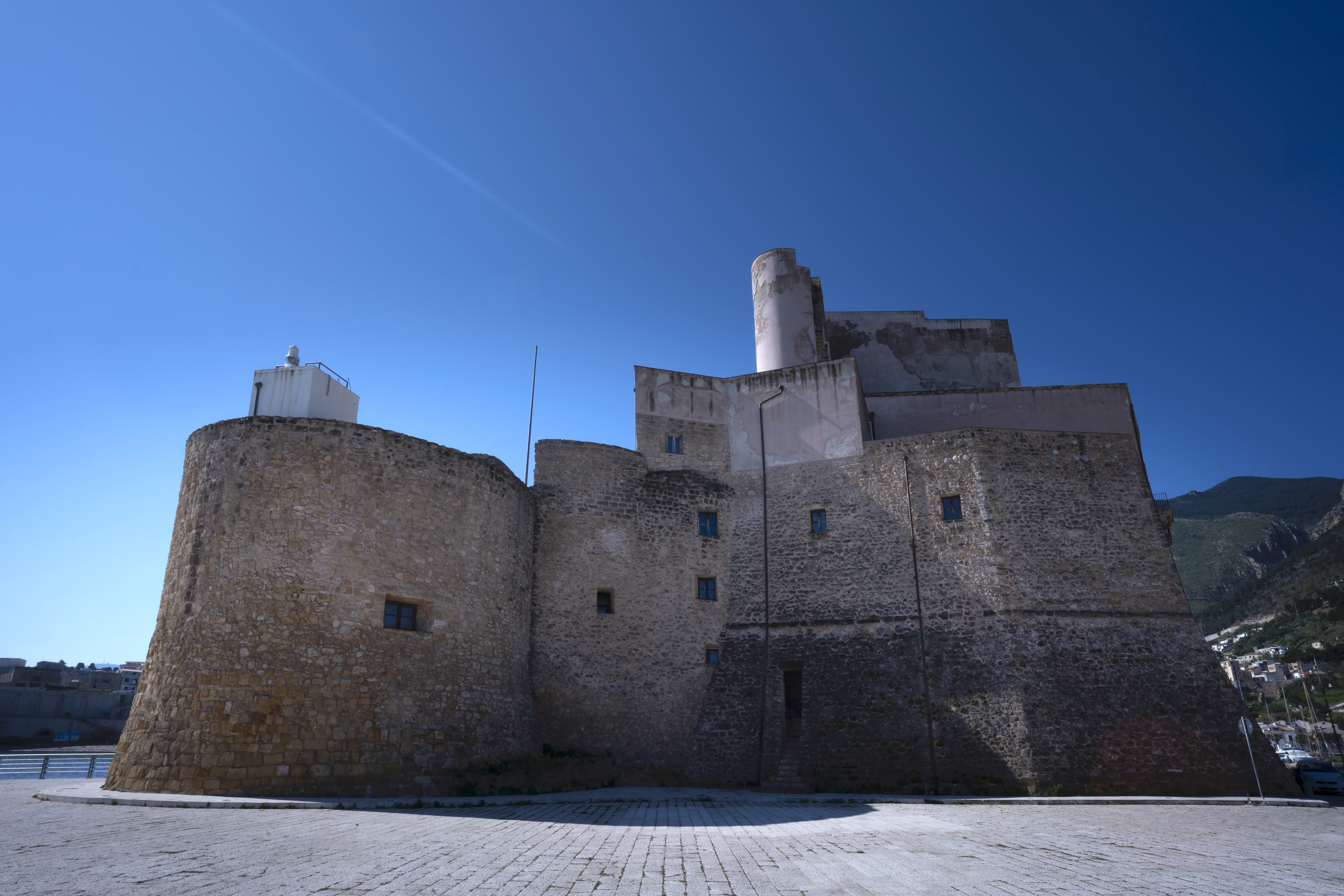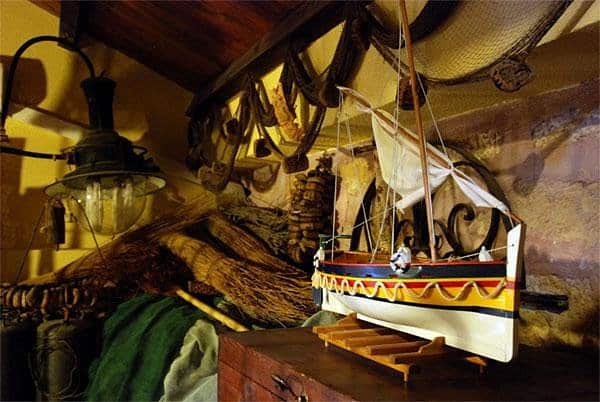Regional Museum "Agostino Pepoli"
A work of art that includes many others.
The museum is an unavoidable stop in Trapani, a building of great value that houses precious works of art.
The Regional Museum “Agostino Pepoli” is an essential stop during the visit of this city both for its precious container – the building of the XIV century which houses its collections, the former convent of the Carmelite fathers, adjacent to the Sanctuary of the SS. Annunziata – and for its heterogeneous and exceptional collections.
The Museum – whose building was an integral part of the Carmelite complex of the Annunziata – takes its name from the patron count who founded it at the beginning of the 20th century.
Crossing its mannerist cloister, or just admiring the “magnificent” staircase in polychrome marble, the visitor will undertake a journey to discover the importance that Trapani and its territory had in history and its rich multiculturalism and not only through the collections that allow us to follow the time line, such as those of archaeology (with finds from the Palaeolithic to the Hellenistic-Roman age) and relics of the Risorgimento.
The Museum, in fact, with its collections narrates all the figurative arts of the Trapani territory with particular reference to those decorative and applied, in which the City of Trapani excelled as a productive centre of reference, especially in the field of corals, gold, silver, majolica and sculpture of cribs.
The serene elegance and sinuosity of the “living marble” characterizes the Renaissance Sculpture section, which contains works such as the beautiful and noble statue of St. Giacomo Maggiore (1522), by the great Antonello Gagini which, together with other works of the Gagini school, tells of the ample fortune of the Palermo workshop of the Gaginis in Trapani and of a specific sculptural taste that became established on the island.
The works of the “Pinacoteca” are also remarkable (from the Middle Ages to the 20th century), such as the 15th century Polyptych of Trapani and the San Francesco attributed to Tiziano.
Finally, the section of Trapani’s red gold, coral, is also magnificent showing countless refined decorations of sacred vestments, liturgical and domestic objects or personal ornaments such as jewels in which coral is crafted in an infinite number of styles, combined with other valuable materials that made the art of coral an highlight of the decorative arts thanks to a tradition of great maestros of this art who made Trapani famous throughout Europe since the 15th century.
Via Conte Agostino Pepoli 180, 91100 – Trapani
Hours:
Tuesday to Saturday from 9.00 to 16.00, closing 17.30;
Sundays and holidays from 9,00 to 12,00, closing at 13,30.
Monday closed
Full price ticket: 6,00 euro.
Reduced price ticket: 3,00 euro.
Accomodation
Other ideas for your trip
- Nearby
- Not to be missed
- Museums







